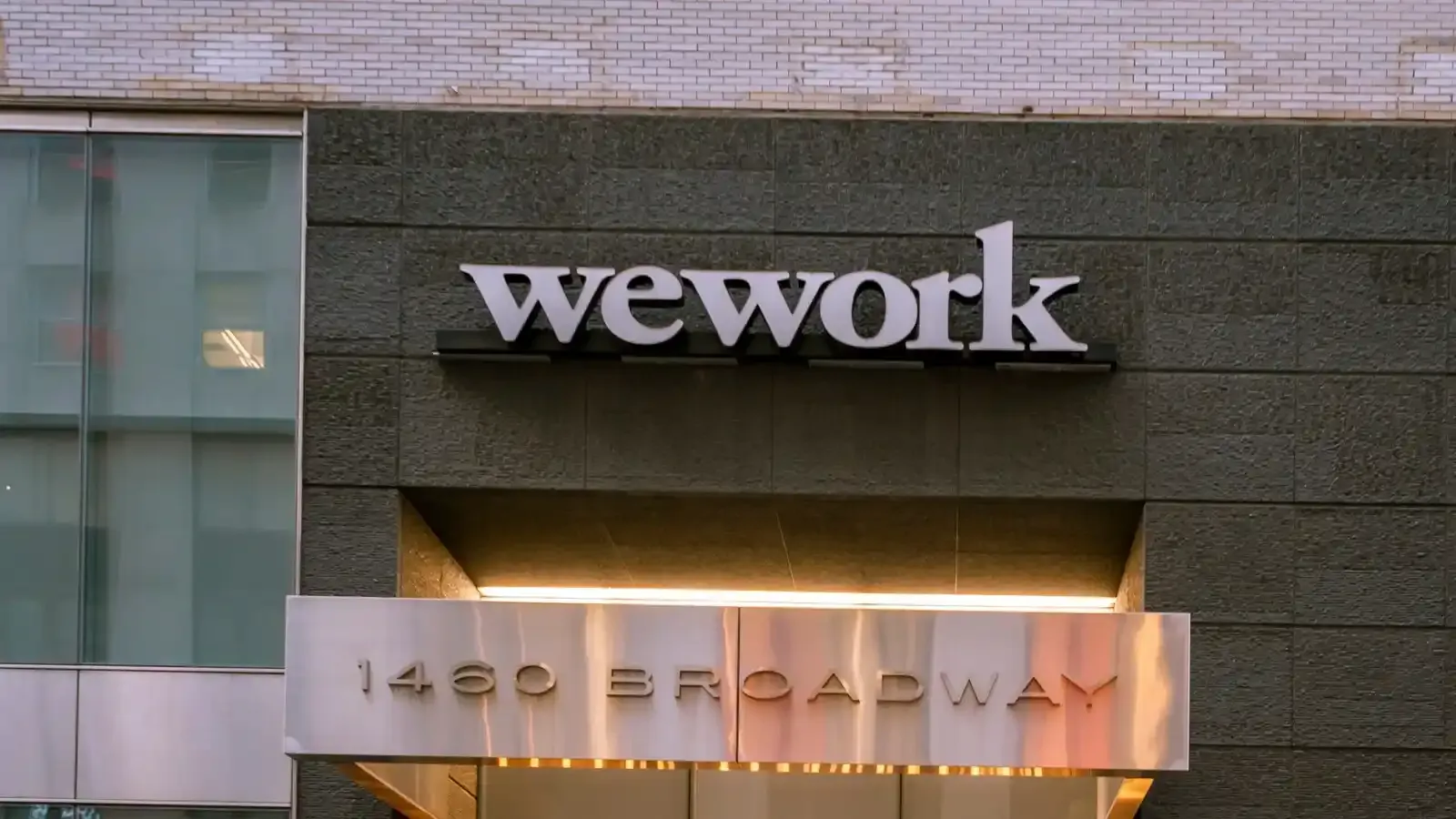The debut arrives with a quiet grey-market read. A flat implied premium suggests the book is leaning on actual demand rather than speculative spillover. That is not a verdict on long-term value. It simply means the opening auction will matter more than gossip.

How to approach the first hour. If you did not receive an allotment and want an entry, let the opening range establish. A patient bid inside the discovered price band after volatility cools is safer than chasing the first uptick. If you hold an allotment and are a trader, pre-decide your reduce levels and avoid market orders in the pre-open. Thin books can print ragged ticks.
What to watch. Net additions to the bid stack at and above the issue price in the first fifteen minutes tell you whether real money is leaning in. If the stock builds a base above the issue price with rising depth, the path to a measured day-one close improves. If it flips below and stays heavy even as the market is green, sentiment can sour short-term.
Beyond the first day, the business case is straightforward. Flexible workspace demand in key metros has recovered, enterprise customers want hybrid options with shorter leases, and operators with scale and service depth can take share. The risks are clear too. High fixed costs in some locations, sensitivity to macro slowdowns and competitive pricing in new contracts. Execution is the decider. Watch occupancy, average revenue per desk, and contract length mix each quarter.

Regard leverage and lease obligations with care. The healthiest operators run disciplined expansion, prune underperforming sites and push value-added services. If quarterly disclosures show that pattern, the equity case strengthens. If not, the stock trades like a cyclical tied to office capex moods.
For most investors, the pragmatic stance is to avoid turning day-one into a referendum. Let price discover, then evaluate on fundamentals and the first two quarterly prints.
Follow YouFinance on Instagram and Facebook for the opening-auction tape, order-book snapshots and post-close flow into the next sessions.















